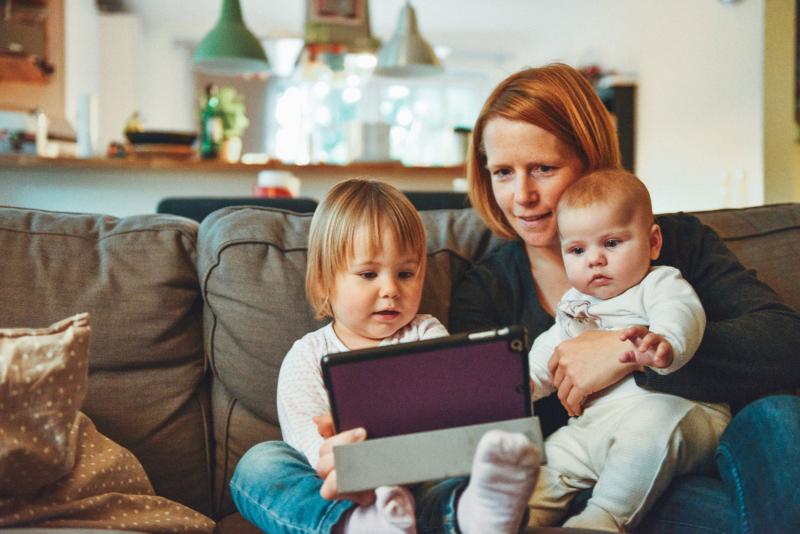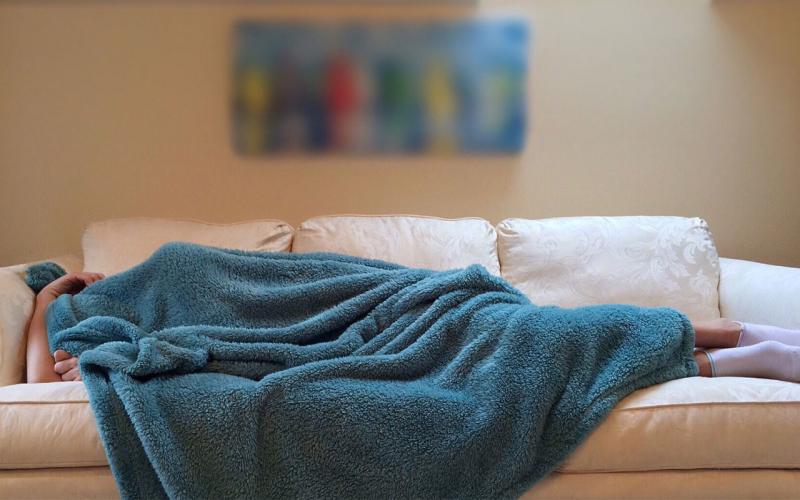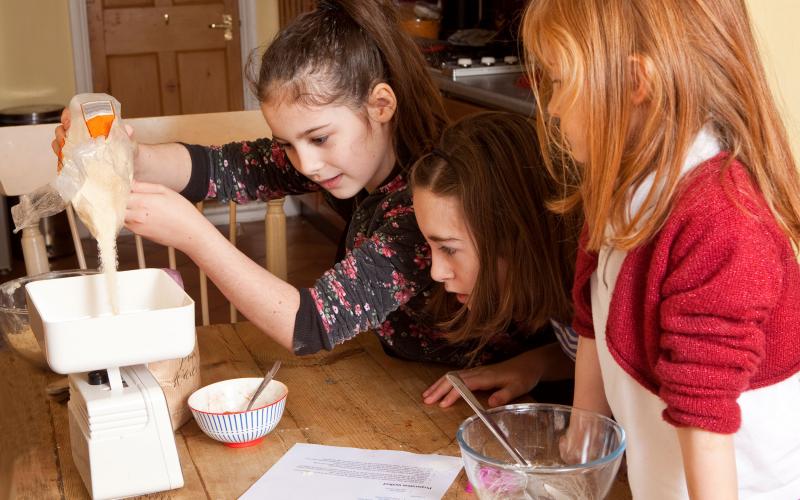Written collaboratively by Lauren Pierce, former SDSU Extension Family & Community Health Field Specialist and Hope Kleine, former SDSU Extension Health Education Field Specialist.
Public Health authorities recommend the practice of social distancing in order to prevent the spread of COVID-19. But what is social distancing, and how can we stay connected during this time?
According to the Centers for Disease Control and Prevention (CDC), social distancing “means remaining out of congregate settings, avoiding mass gatherings, and maintaining distance (approximately 6 feet or 2 meters) from others when possible”
- Social distancing may seem like an extreme measure to take. While this is not a time to panic, it is a time to be diligent. By practicing social distancing, we can protect our neighbors –especially our higher-risk neighbors, such as older adults, those with chronic medical conditions like heart disease or diabetes and individuals who are immunocompromised.
- Consider practicing social distancing strategies such as: staying home from in-person social gatherings, cooking at home or ordering take-out instead of eating in a restaurant, and online grocery shopping (order online and do curbside pick-up).
- Offer to drop off groceries or other needed supplies (on the porch!) for neighbors who may be at increased risk of negative outcomes of contracting COVID-19.
We Need to Stay Socially Connected!

Social distancing does not to mean social disconnectedness! Humans are social beings. From history to the modern day, we have lived in groups – in villages, communities and family units. This is not a time to isolate ourselves, rather, we need to take this time as an opportunity to foster relationships in new and creative ways. Now, more than ever, we need each other and we need to stay connected.
- Share your cell phone number with those around you, making it easier to reach one another when a need arises, or just to touch base.
- Call or video chat family and friends who you haven’t connected with in a while. Take advantage of the extra time you may have and connect with those you don’t get to talk to everyday.
- Use apps on your phone to virtually engage in friendly competition! However, be aware of your screen-time, and limit to a healthy amount. For more on screen time, visit 5 Tips for Reducing Screen-Time.
- Host a virtual book club.
- Check on your older neighbors. Give them a call and/or drop off a note in their mailbox to brighten their day.
- Take a family walk. Fresh air is good for the body and mind. Movement is a great way to release endorphins in the body, which can soothe any existing feelings of stress.
- (Virtually) Share new recipes with family and friends. Did you have a group you regularly go out with for lunch or dinner? Plan a meal to all make from home and have a virtual meal together.
- Get creative. Break out some old art supplies with your children (or on your own!) and create cards for family members, friends, and neighbors. Maybe you will even receive some snail mail in return!


